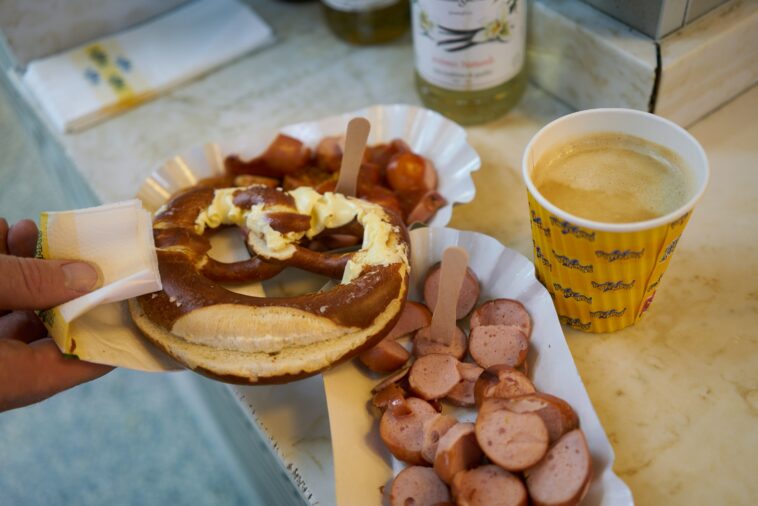Introduction:
In the sun-drenched landscapes of Spain, where the rhythm of life beats to the tune of tradition and flavor, there exists a culinary masterpiece that epitomizes the essence of Spanish cuisine – paella. Join us on a gastronomic adventure as we unravel the history, ingredients, and cultural significance of this iconic dish, cherished by food enthusiasts around the globe for its vibrant flavors and timeless appeal.
Origins and Cultural Roots:
The story of paella is deeply rooted in the fertile plains of Valencia, where rice cultivation flourished under Moorish influence during Spain’s medieval era. Originally a humble peasant dish, paella was crafted from ingredients readily available in the region – rice, vegetables, and meats sourced from the land and sea. Over time, as Valencia prospered as a hub of commerce and culture, paella evolved, incorporating exotic spices, meats, and seafood that reflected the diverse culinary influences of Spain’s history.
Ingredients and Flavor Palette:
At the heart of every paella lies a kaleidoscope of flavors and textures that paint a picture of Spain’s vibrant landscapes. Saffron, the golden spice that lends paella its distinctive hue, infuses the dish with a delicate aroma and subtle sweetness. Alongside saffron-infused rice, an array of fresh vegetables such as tomatoes, bell peppers, and peas adds color and depth to the dish, while proteins such as chicken, rabbit, and seafood provide richness and complexity.
Cooking Techniques and Traditions:
Preparing paella is an art form that requires patience, skill, and a deep respect for tradition. The cooking process begins with a sofrito – a fragrant base of onions, garlic, and tomatoes – which forms the foundation of flavor for the dish. The rice is then added and allowed to absorb the rich flavors of the sofrito before being simmered to perfection in a savory broth infused with saffron and spices.
Central to the paella experience is the creation of the socarrat – a caramelized crust that forms on the bottom of the pan, adding depth and texture to the dish. Spaniards regard the socarrat as a mark of culinary excellence, a testament to the skill and expertise of the chef.
Cultural Significance and Global Appeal:
Beyond its culinary merits, paella holds a special place in the hearts of the Spanish people, serving as a symbol of community, celebration, and shared heritage. Whether enjoyed at a festive gathering, a family reunion, or a casual dinner with friends, paella brings people together, fostering connections and creating cherished memories.
In recent years, paella has transcended its Spanish roots to become a global sensation, beloved by food enthusiasts around the world. From bustling markets in Barcelona to upscale restaurants in New York City, the allure of paella knows no bounds, inspiring chefs and home cooks alike to recreate the magic of this timeless dish in their own kitchens.
Conclusion:
In a world filled with fleeting trends and passing fads, paella stands as a timeless testament to the enduring power of tradition, taste, and togetherness. With its rich history, vibrant flavors, and cultural significance, paella embodies the essence of Spanish gastronomy – a celebration of life, love, and the joy of sharing a meal with loved ones. So, whether you find yourself on the shores of Valencia or in the heart of a bustling city, take a moment to savor the magic of paella and experience the true essence of Spain’s culinary heritage.

